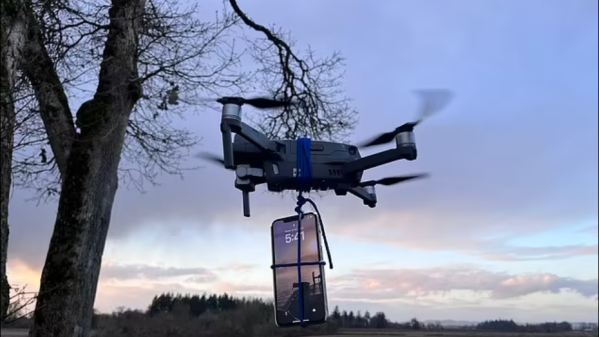New technology often brings with it a bit of controversy. When considering stem cell therapies, self-driving cars, genetically modified organisms, or nuclear power plants, fears and concerns come to mind as much as, if not more than, excitement and hope for a brighter tomorrow. New technologies force us to evolve perspectives and establish new policies in hopes that we can maximize the benefits and minimize the risks. Artificial Intelligence (AI) is certainly no exception. The stakes, including our very position as Earth’s apex intellect, seem exceedingly weighty. Mathematician Irving Good’s oft-quoted wisdom that the “first ultraintelligent machine is the last invention that man need make” describes a sword that cuts both ways. It is not entirely unreasonable to fear that the last invention we need to make might just be the last invention that we get to make.
Artificial Intelligence and Learning
Artificial intelligence is currently the hottest topic in technology. AI systems are being tasked to write prose, make art, chat, and generate code. Setting aside the horrifying notion of an AI programming or reprogramming itself, what does it mean for an AI to generate code? It should be obvious that an AI is not just a normal program whose code was written to spit out any and all other programs. Such a program would need to have all programs inside itself. Instead, an AI learns from being trained. How it is trained is raising some interesting questions.
Humans learn by reading, studying, and practicing. We learn by training our minds with collected input from the world around us. Similarly, AI and machine learning (ML) models learn through training. They must be provided with examples from which to learn. The examples that we provide to an AI are referred to as the data corpus of the training process. The robot Johnny 5 from “Short Circuit”, like any curious-minded student, needs input, more input, and more input.
Continue reading “Will A.I. Steal All The Code And Take All The Jobs?”















